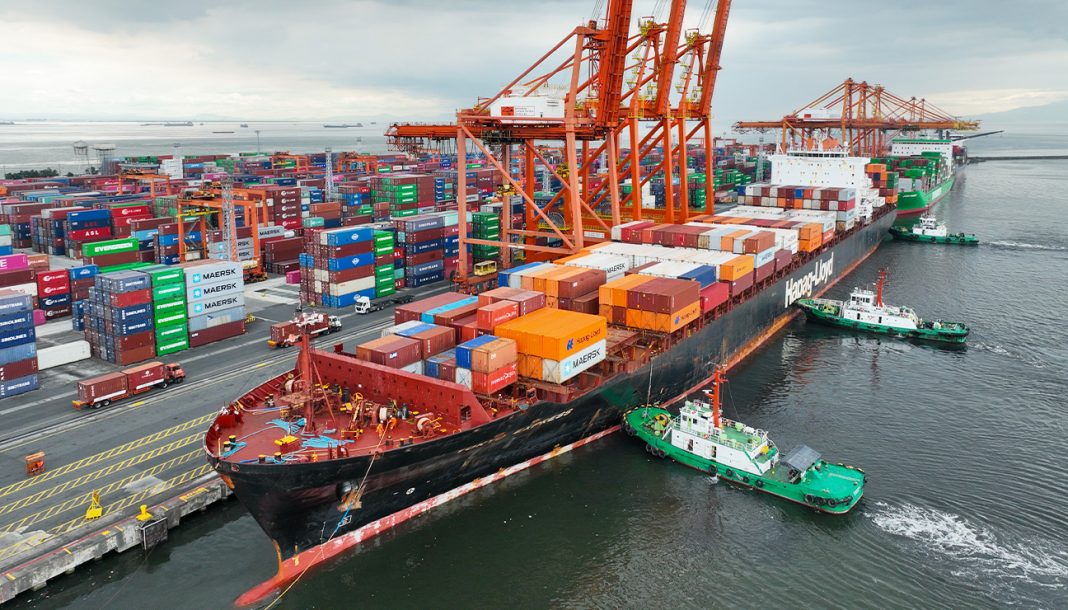The Drewry World Container Index (WCI) saw a 2% decline this week, dropping to $1,806 per 40ft container. The decrease marks a correction primarily driven by reduced spot rates on the major Transpacific and Asia–Europe trade routes.
-
World Container Index (WCI): The composite index is down 2% to $1,806 per 40ft container.
-
Transpacific Trade Rates: Spot rates on the Transpacific headhaul routes continued their three-week decline. Rates from Shanghai to New York fell 6% to $2,735 per 40ft container, and rates to Los Angeles decreased 4% to $2,089. Drewry’s Container Capacity Insight suggests that a planned reduction in blank sailings next week will increase available capacity, leading Drewry to anticipate a slight further softening in Transpacific rates.
-
Asia–Europe Trade Rates: After six consecutive weeks of increases, rates on the Asia–Europe route saw a marginal decrease this week. Rates from Shanghai to Genoa and Rotterdam each fell 1%, settling at $2,300 and $2,165 per 40ft container, respectively.
-
Carrier Strategy: Carriers on the Asia–Europe trade are proactively announcing higher Freight All Kinds (FAK) rate levels, targeting $3,100 to $4,000 per 40ft container, effective December 1st. This move is aimed at building momentum and boosting spot rates ahead of the critical annual contract negotiation season.
The shipping market faces significant operational headwinds:
-
Port Congestion: A national strike in Belgium has severely disrupted port operations at the Port of Antwerp, leading to increased congestion.
-
Suez Canal Impact: The congestion at Antwerp is expected to worsen as some carriers plan to resume normal Suez Canal transits. This return will strain port efficiency, potentially leading to longer delays and a surge in spot rates on affected routes.
-
Supply-Demand Balance: Looking ahead, Drewry’s Container Forecaster predicts that the supply-demand balance will weaken over the next few quarters, particularly if a full return to standard Suez Canal transit occurs, which would release significant deployed capacity back into the global fleet.




